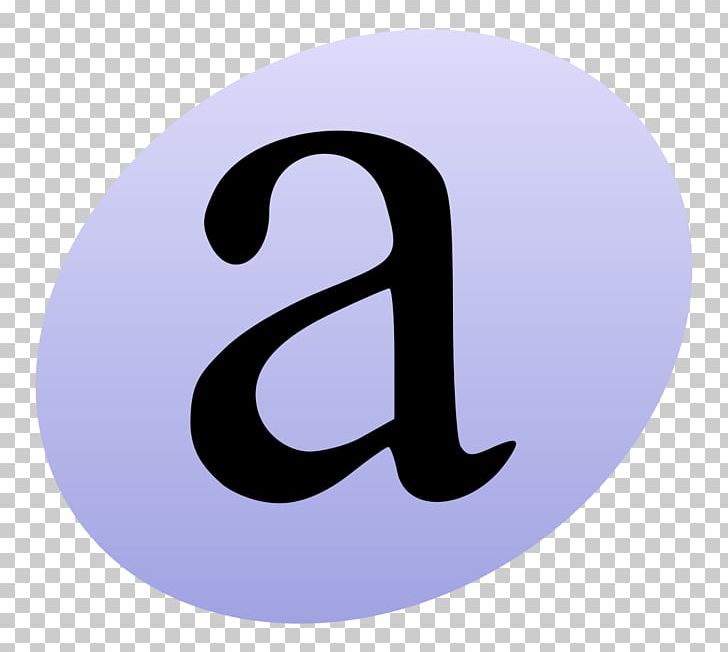
Still, when you consider the fact that entire foundries churn out custom-designed typefaces, this is slim pickings. “It uses Unicode symbols that are visualized and available on all devices in the same way.”Īrial and Times New Roman aren’t the only default fonts: Courier New, Georgia, Verdana, and Helvetica are as well, which makes them equally sustainable. “This is also why the ‘FORMAƑANTASMA’ logo is a nonlogo,” says Trimarchi. So to make a website as sustainable as possible, those requests need to be as minimal as possible.Īrial and Times New Roman are default fonts on both Macs and PCs, which means there are no extra requests required. Those requests, called HTTP requests, require energy and storage space. “All the content that needs to be loaded in a page, including fonts, logos, etc., are a request to the server,” explains Andrea Trimarchi, a cofounder of Formafantasma. The host server gives the okay and sends back all the information that makes up the site-whether it’s typefaces, images, you name it-through the internet and back to your computer. So when you visit a website, say,, your browser is actually making a request to access that information.

All the data that makes up a website lives on a server somewhere.

To understand why, it helps to take a brief sojourn into the inner workings of the web. They didn’t just choose Times New Roman and Arial because they liked them, but because they’re standard default typefaces-and therefore, the most sustainable typefaces on the web. In this case, the Formafantasma team made visual choices that had a direct effect on the site’s sustainability.

You probably haven’t thought about whether some websites can be more sustainable than others, but in fact, web design choices can affect how much energy the site uses. The site looks about as plain as you can get: It has lots of white space, few images, and only two typefaces: Arial and Times New Roman, in standard blue and black that harkens back to the early days of the web. Amsterdam-based design studio Formafantasma, whose work focuses on sustainable design, has a newly redesigned website that’s better for the environment.


 0 kommentar(er)
0 kommentar(er)
